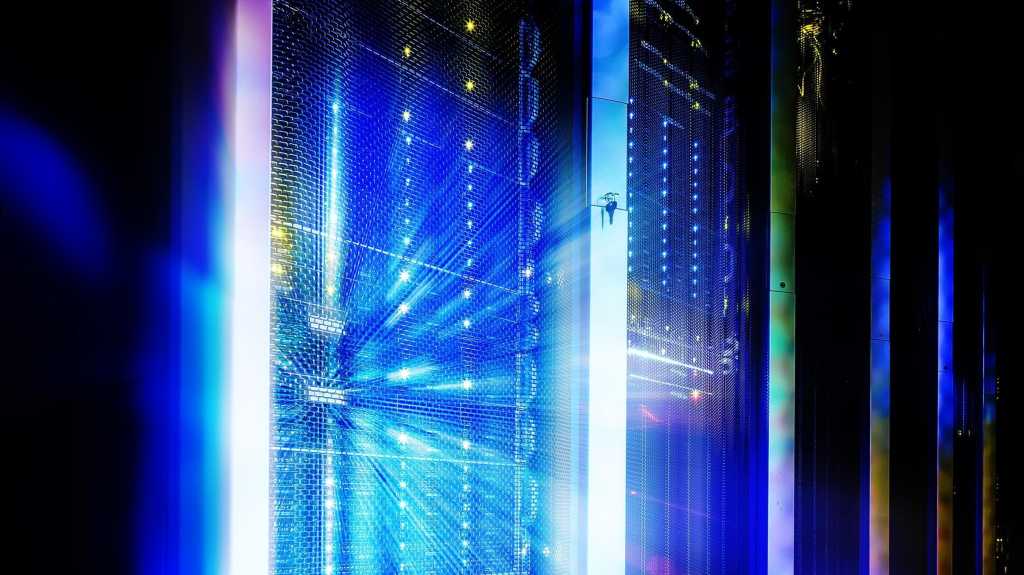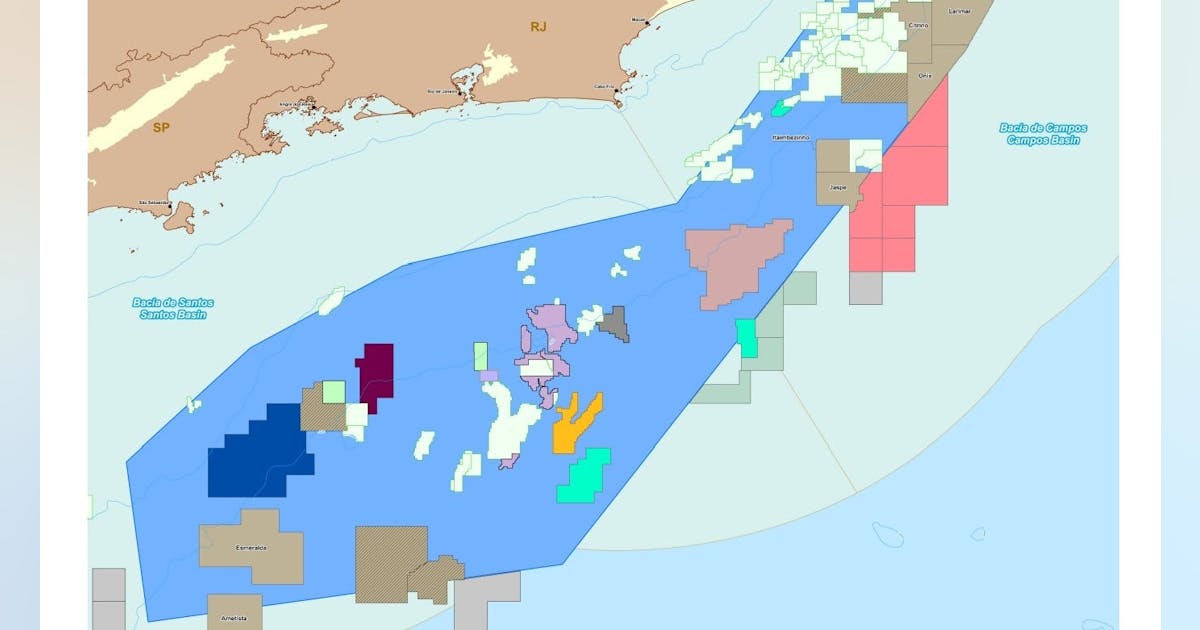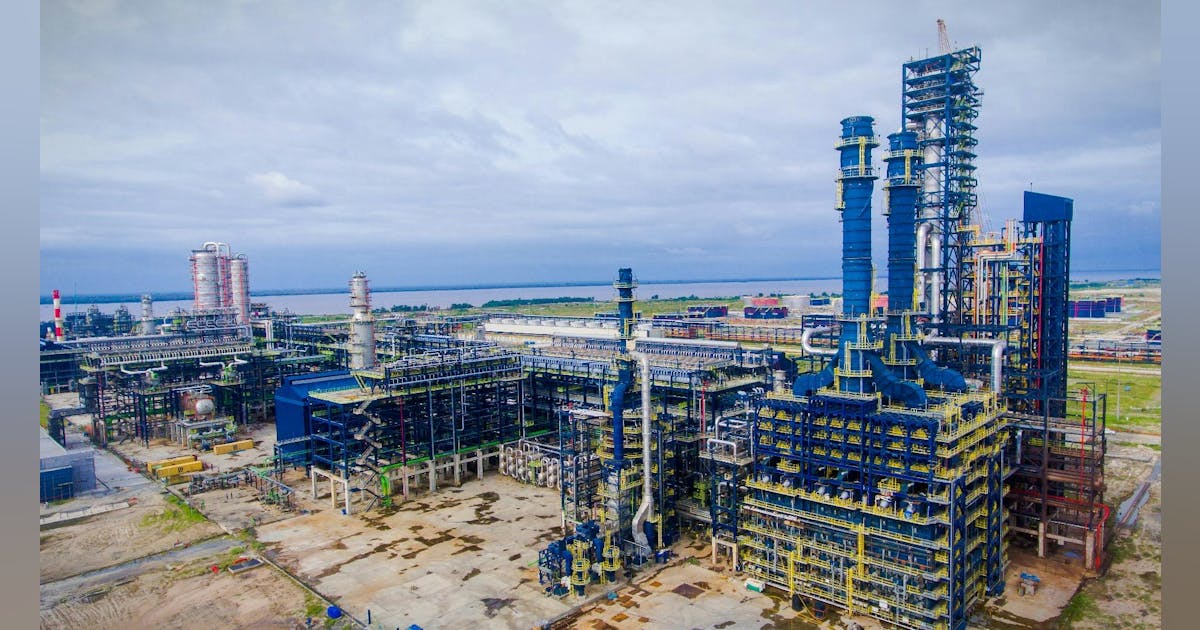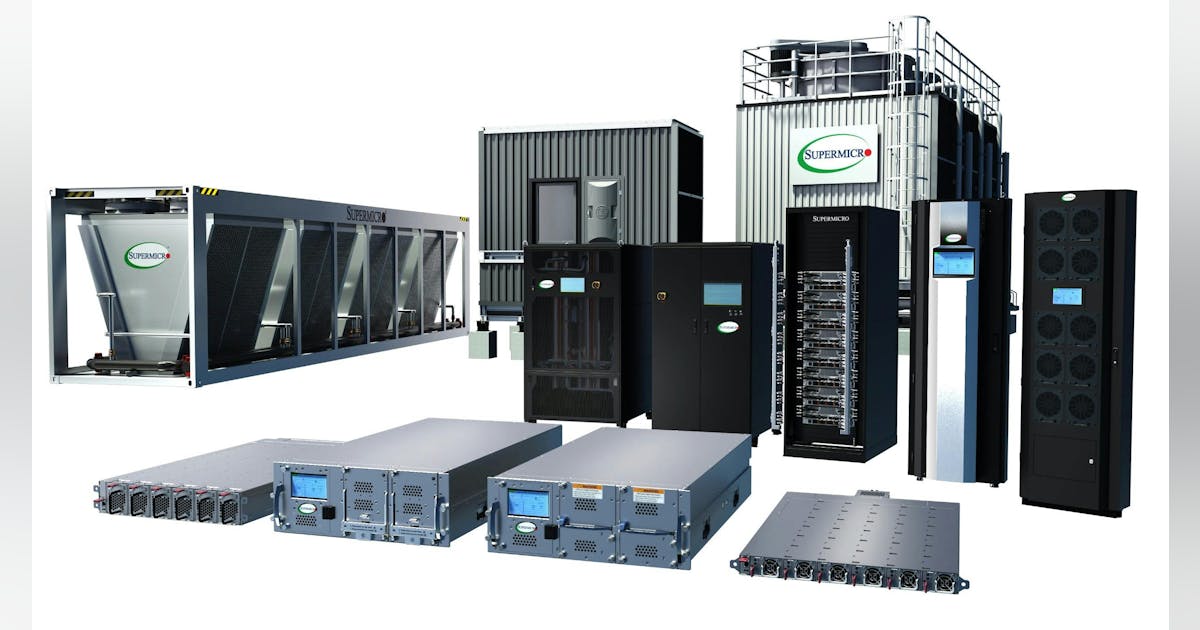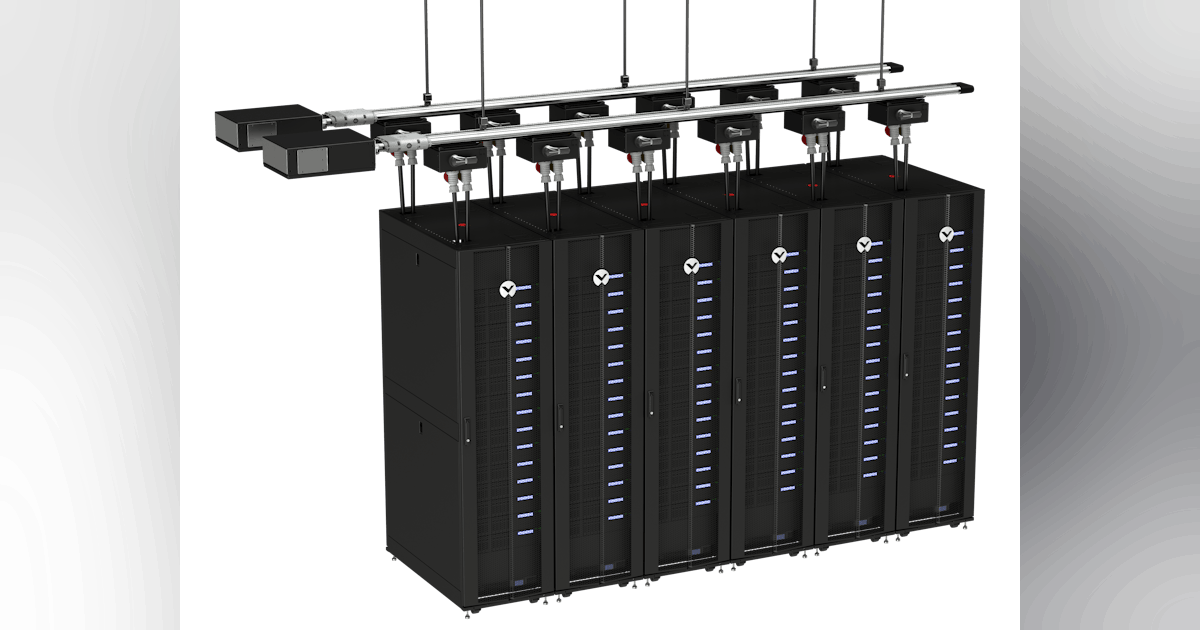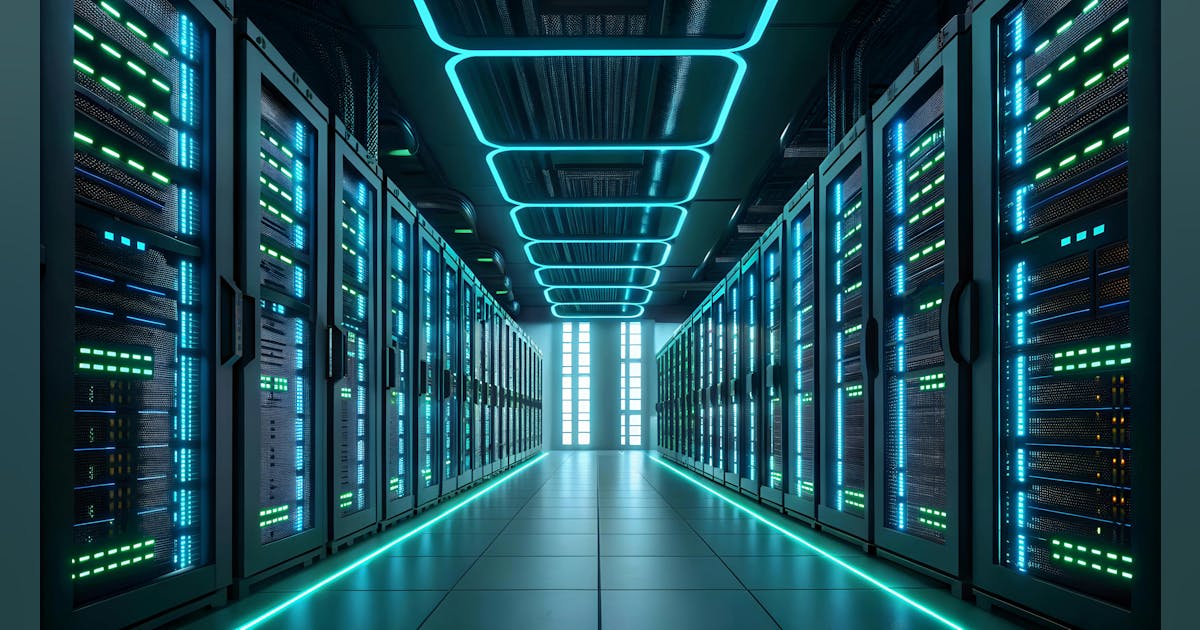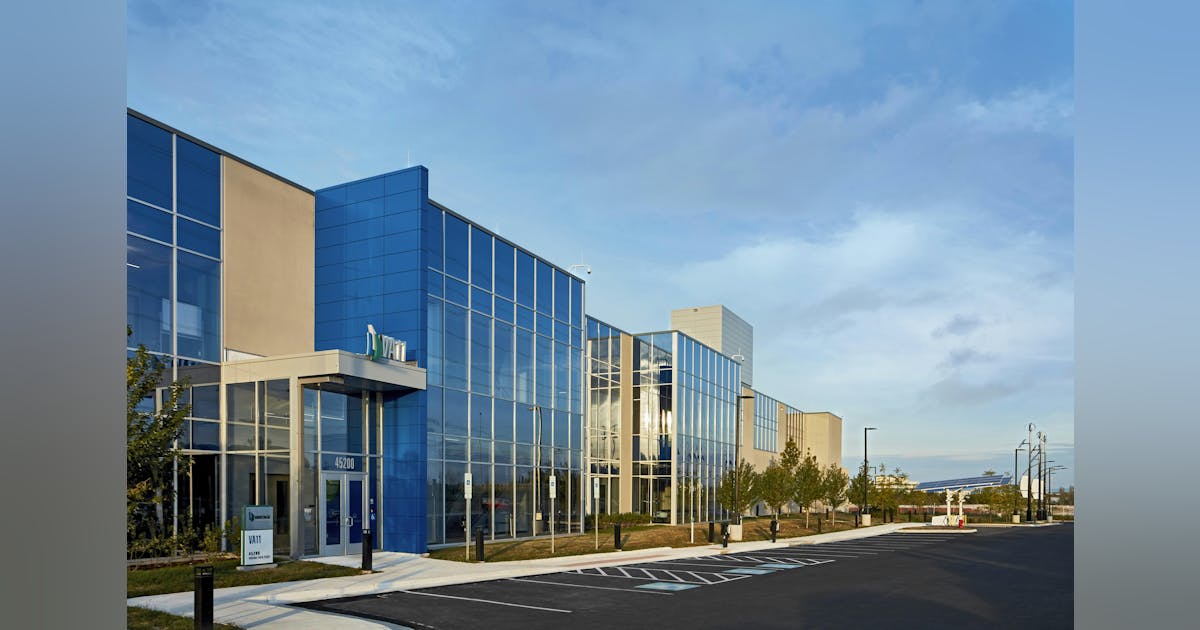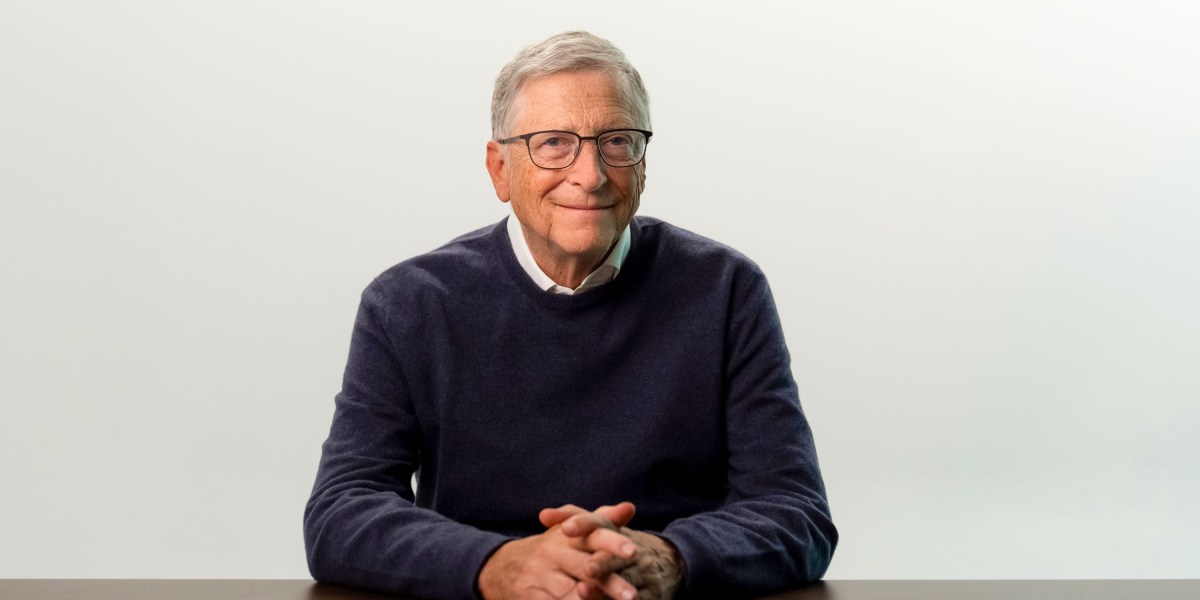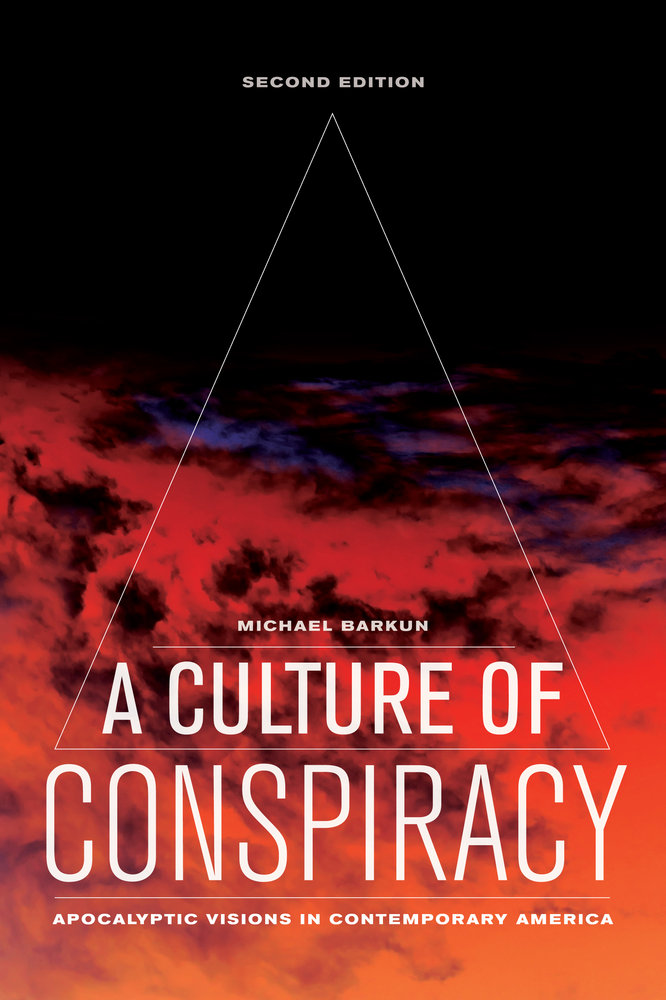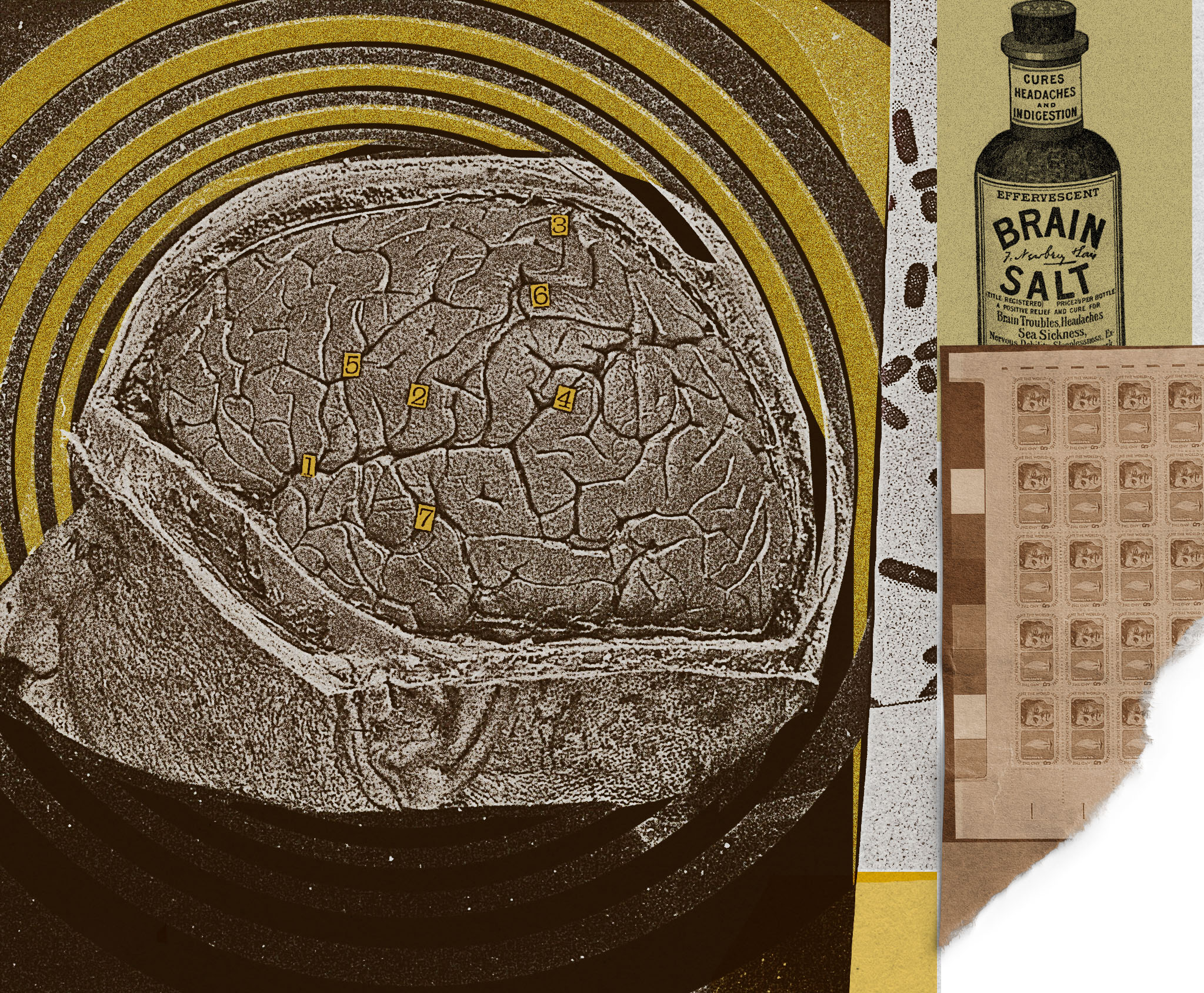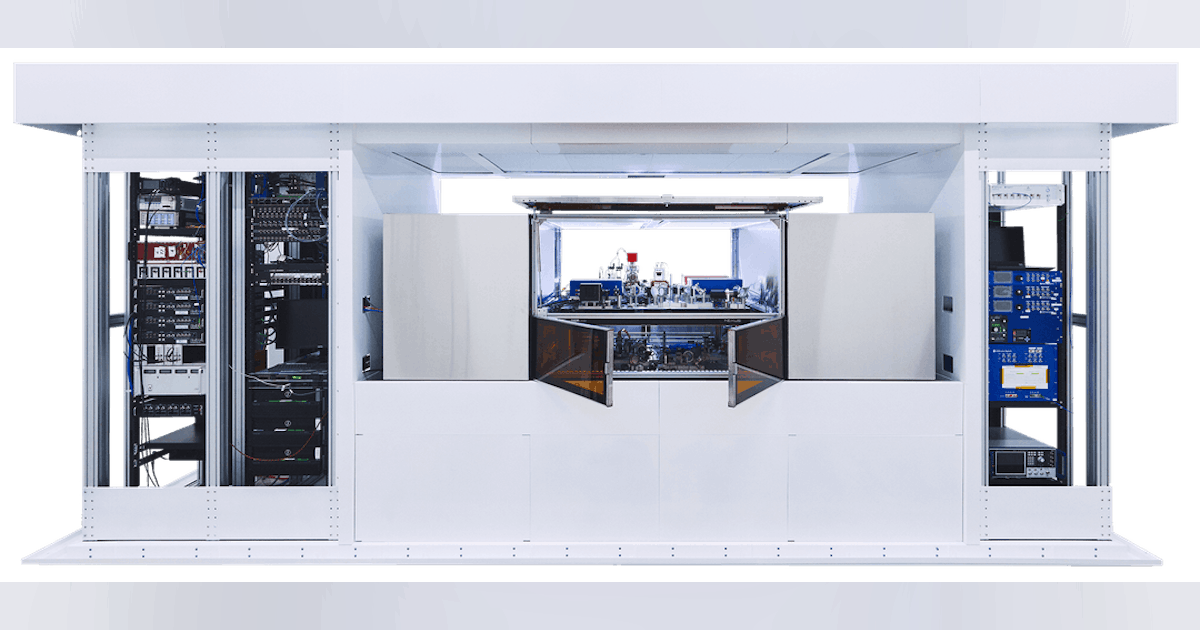
The race to make quantum computing practical – and commercially consequential – took a major step forward this fall, as Boston-based QuEra Computing announced new research milestones, expanded strategic funding, and an accelerating roadmap for hybrid quantum-classical supercomputing.
QuEra’s Chief Commercial Officer Yuval Boger joined the Data Center Frontier Show to discuss how neutral-atom quantum systems are moving from research labs into high-performance computing centers and cloud environments worldwide.
NVIDIA Joins Google in Backing QuEra’s $230 Million Round
In early September, QuEra disclosed that NVentures, NVIDIA’s venture arm, has joined Google and others in expanding its $230 million Series B round. The investment deepens what has already been one of the most active collaborations between quantum and accelerated-computing companies.
“We already work with NVIDIA, pairing our scalable neutral-atom architecture with its accelerated-computing stack to speed the arrival of useful, fault-tolerant quantum machines,” said QuEra CEO Andy Ory. “The decision to invest in us underscores our shared belief that hybrid quantum-classical systems will unlock meaningful value for customers sooner than many expect.”
The partnership spans hardware, software, and go-to-market initiatives. QuEra’s neutral-atom machines are being integrated into NVIDIA’s CUDA-Q software platform for hybrid workloads, while the two companies collaborate at the NVIDIA Accelerated Quantum Center (NVAQC) in Boston, linking QuEra hardware with NVIDIA’s GB200 NVL72 GPU clusters for simulation and quantum-error-decoder research.
Meanwhile, at Japan’s AIST ABCI-Q supercomputing center, QuEra’s Gemini-class quantum computer now operates beside more than 2,000 H100 GPUs, serving as a national testbed for hybrid workflows. A jointly developed transformer-based decoder running on NVIDIA’s GPUs has already outperformed classical maximum-likelihood error-correction models, marking a concrete step toward practical fault-tolerant quantum computing.
For NVIDIA, the move signals conviction that quantum processing units (QPUs) will one day complement GPUs inside large-scale data centers. For QuEra, it widens access to the global HPC ecosystem and positions neutral-atom technology at the heart of a converging AI-quantum stack.
A Nature-Level Breakthrough in Fault Tolerance
Later in September, QuEra and collaborators from Harvard and Yale published a Nature paper introducing Algorithmic Fault Tolerance (AFT): a new framework that cuts runtime overhead for error-corrected quantum algorithms by factors of 30 or more. The companion ACM paper applied this framework to Shor’s algorithm, showing 10–100× runtime reductions on reconfigurable neutral-atom arrays.
By combining transversal operations and correlated decoding, AFT allows logical gates to execute each layer of a computation with just one extraction round rather than d repetitions, preserving exponential error suppression while drastically reducing clock-cycle cost.
QuEra QEC Architecture Lead Harry Zhou summarized it succinctly:
“These results show that the flexible reconfigurability of neutral-atom platforms can significantly reduce the time required to execute error-corrected logical algorithms.”
Boger added that AFT represents a credible, scalable pathway for neutral-atom systems to deliver practical quantum advantage:
“It’s not a theoretical promise anymore: it’s an engineering roadmap.”
Inside QuEra’s Technology: Neutral Atoms at Room Temperature
In the DCF Show podcast conversation, Boger outlined what differentiates QuEra’s approach. Each qubit is an individual rubidium atom trapped and moved with laser beams and electromagnetic fields. Because all atoms are naturally identical, they avoid the manufacturing defects that plague other qubit types.
That uniformity translates into scalability: hundreds of thousands of qubits can be packed into a single machine without resorting to complex multi-module interconnects. And because neutral-atom systems operate at room temperature, they consume only 10–30 kilowatts: a fraction of the power and infrastructure overhead required by cryogenic superconducting systems.
“Our systems don’t need dilution refrigerators or nightly helium deliveries,” Boger noted. “They can live inside a standard data center environment.”
QuEra’s 256-qubit system has been publicly available on AWS Bracket for more than three years, serving researchers in government, academia, and industry. A second-generation system now runs on-premises at Japan’s AIST, co-located with GPU supercomputers, representing a template for how future data centers may host both classical and quantum acceleration side by side.
Integrating Quantum with HPC and Cloud Infrastructures
From a data-center perspective, QuEra’s roadmap is strikingly pragmatic. The company is working to integrate neutral-atom systems into existing HPC and cloud environments:
- Physical integration: Minimal facility needs—i.e. no cryogenics, stable ambient temperatures, and moderate power draw—simplify siting and colocation.
- Orchestration: Collaboration with workload managers such as Slurm and PBS Pro aims to make submitting a quantum job as straightforward as launching a GPU batch.
- Algorithmic integration: Hybrid workloads—spanning chemistry, materials, finance, logistics, and ML—alternate between classical and quantum steps, with GPUs handling pre- and post-processing.
QuEra’s co-design work now extends to Los Alamos National Laboratory, Lawrence Berkeley National Laboratory, NERSC, and Australia’s POSI supercomputing center, reinforcing a global trend of quantum integration into national HPC programs.
Funding Stability for the Long Horizon
Boger emphasized that with backing from Google, NVIDIA, and others, QuEra now has the financial latitude to focus on the next generation of machines without short-term pressures.
“We have the runway to think in two-to-three-year cycles,” he said. “Our goal is to deliver revolutionary systems that businesses can actually use within that window.”
A Market Nearing Its Inflection Point
While the quantum market remains nascent, Boger believes the sector is transitioning from physics demos to enterprise-relevant advantage:
- A decade ago, success meant two qubits talking to each other.
- In 2023, a Harvard-led collaboration including QuEra demonstrated error detection and correction with 48 logical qubits.
Over the next two to three years, he predicts organizations will begin realizing competitive gains through faster solutions to complex problems, new material discoveries, or dramatic energy savings.
For data center operators and HPC program leads, the implication is startling: quantum workloads are coming, and neutral-atom systems may fit comfortably inside today’s power, cooling, and orchestration envelopes.
Boger’s practical take on quantum acceleration and QuEra’s neutral-atom roadmap offers a grounded preview of how the next computing revolution may plug directly into tomorrow’s AI-optimized data centers.

